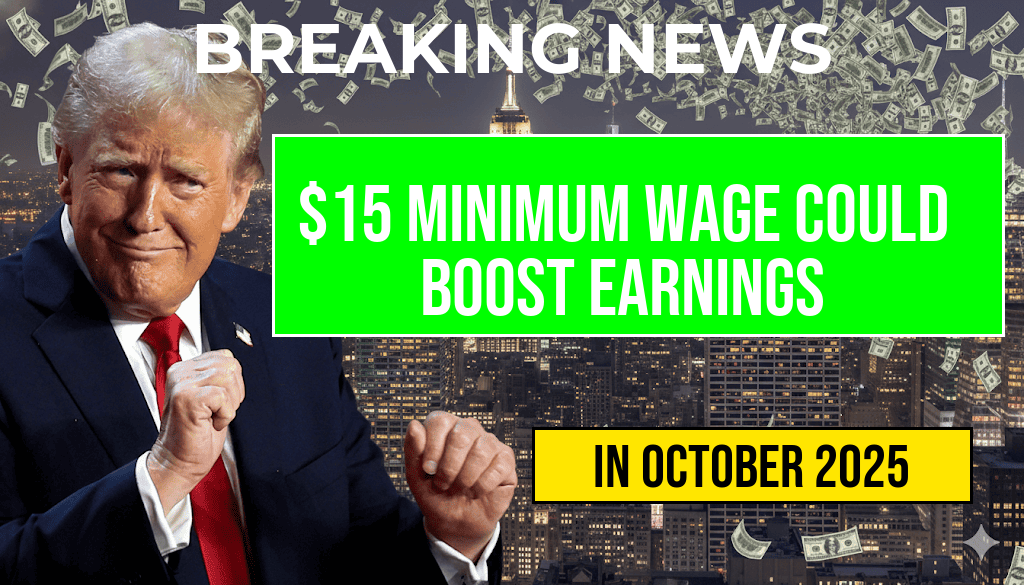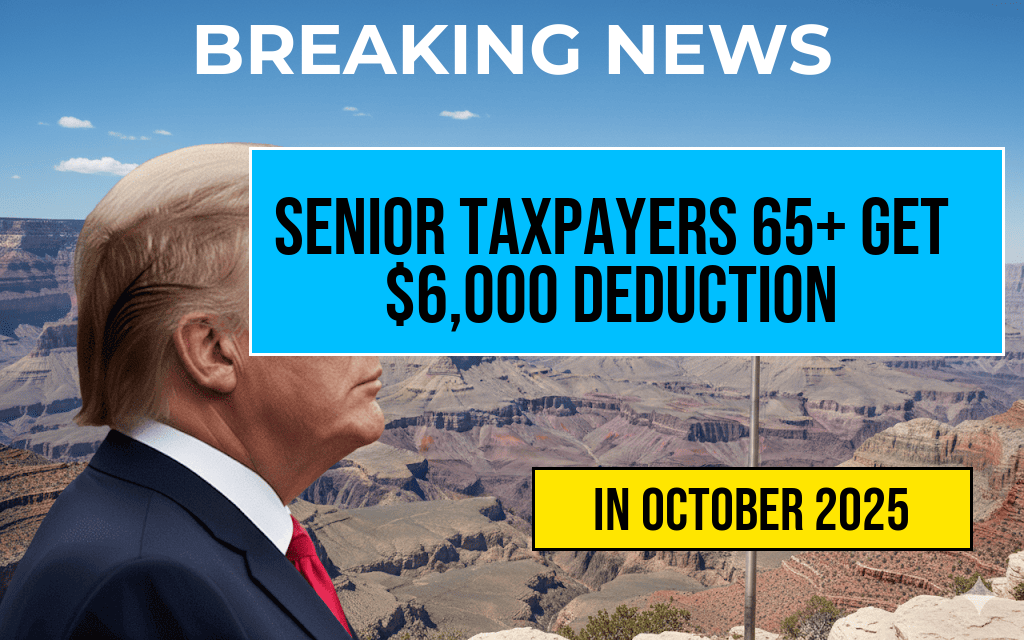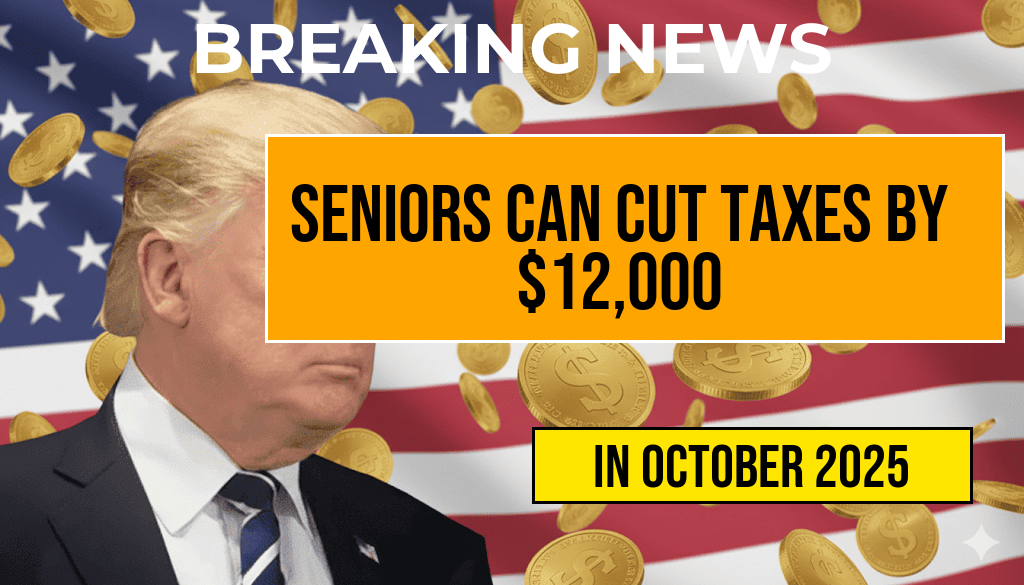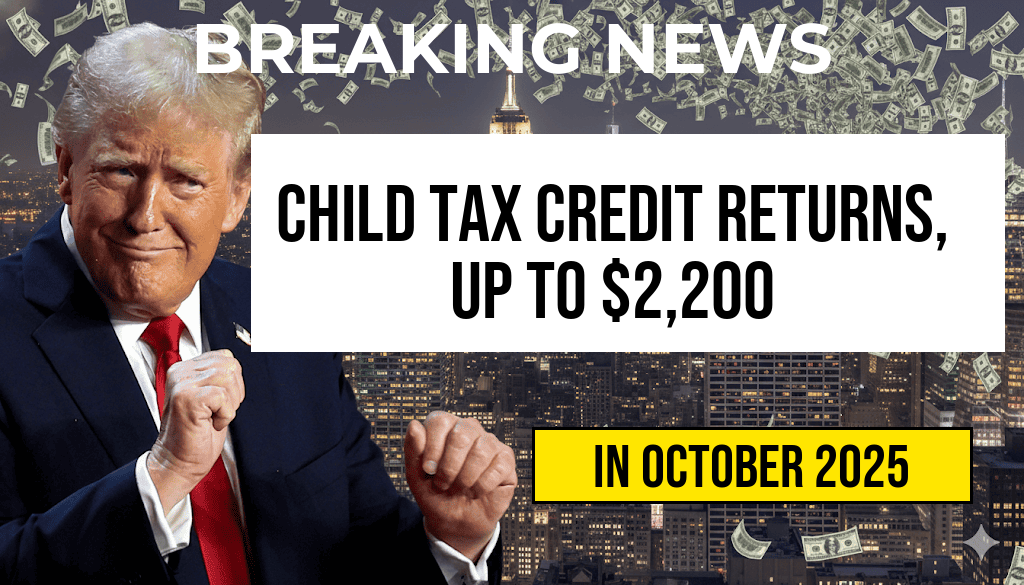A recent study indicates that raising the federal minimum wage to $15 per hour could significantly increase earnings for millions of American workers. Specifically, the analysis estimates that approximately 32 million workers could see an average annual income boost of around $3,300. This potential policy change has ignited debates among policymakers, economists, and labor advocates about its broader economic implications, including effects on employment, consumer spending, and income inequality.
Impact on Workers’ Earnings and Household Finances
The proposed increase aims to address longstanding concerns about stagnant wages and the rising cost of living. Under current federal standards, the minimum wage has remained at $7.25 per hour since 2009, failing to keep pace with inflation or regional economic growth. The study, conducted by economic analysts at the Economic Policy Institute, projects that elevating the wage floor to $15 could provide a substantial income lift for low-wage earners. For the 32 million workers earning near or below the current minimum, this translates into an annual increase of roughly $3,300, which could help alleviate financial pressures faced by many struggling households.
Economic Benefits and Potential Challenges
| Factor | Projected Effect |
|---|---|
| Average annual earnings increase | $3,300 per worker |
| Number of workers affected | Approximately 32 million |
| Potential reduction in income inequality | Significant, with more earnings reaching lower-income households |
| Potential employment effects | Mixed, with some studies suggesting slight employment reductions, while others indicate minimal impact |
Advocates argue that higher wages could lead to increased consumer spending, stimulating local economies and reducing reliance on social safety net programs. However, critics caution that a substantial wage hike might lead to increased labor costs for businesses, especially small enterprises, potentially resulting in job cuts or increased automation. Economists remain divided on the scale of these potential employment effects, with some emphasizing the importance of regional economic differences and industry-specific factors.
Policy Context and Legislative Outlook
The push for a $15 federal minimum wage gained momentum over recent years, fueled by campaigns from labor unions and progressive lawmakers. While some states and cities have already implemented higher minimum wages, federal action remains a contested issue in Congress. The Biden administration has expressed support for increasing the minimum wage, but legislative hurdles persist, including opposition from some lawmakers concerned about economic repercussions.
Recent legislative proposals, such as the Raise the Wage Act, aim to gradually implement a $15 minimum wage nationwide. Supporters argue that the economic benefits of increased earnings—such as reduced poverty rates and enhanced worker productivity—outweigh potential drawbacks. Opponents, however, emphasize concerns over increased costs for employers and potential job losses, particularly in sectors such as retail and hospitality.
Broader Economic and Social Considerations
Research from various economic institutions suggests that moderate wage increases can improve living standards without significantly harming employment levels. For example, a report published by the Congressional Budget Office (CBO) indicates that while some low-wage workers might experience employment reductions, the overall effect on the economy could be positive due to increased consumer spending. Additionally, higher wages could contribute to narrowing the persistent gap between income levels across different demographic groups, fostering greater economic equity.
Regional Variations and Cost of Living
One challenge in implementing a uniform federal minimum wage hike is the variation in regional living costs. For example, a $15 wage might have different implications in high-cost cities like New York or San Francisco compared to lower-cost regions. Some policymakers advocate for regional adjustments or phased approaches to address these disparities, aiming to balance wage increases with local economic realities.
Sources and Further Reading
Frequently Asked Questions
What is the proposed federal minimum wage discussed in the article?
The article discusses a proposed federal minimum wage of fifteen dollars per hour.
How many workers could benefit from this increase in the minimum wage?
Approximately thirty-two million workers could see a boost in their annual earnings if the minimum wage is raised to fifteen dollars.
What is the estimated increase in average annual earnings for workers due to this wage change?
The study estimates that workers could see an increase of about three thousand three hundred dollars in their average annual earnings.
What is the significance of raising the minimum wage to fifteen dollars?
Raising the minimum wage to fifteen dollars aims to improve income levels for low-wage workers, reduce poverty, and promote economic equity.
Does the study mention any potential economic impacts of increasing the minimum wage?
The study primarily focuses on earnings benefits but suggests that such a wage increase could have positive effects on worker income and overall economic well-being, while noting that further analysis is needed to understand broader impacts.






